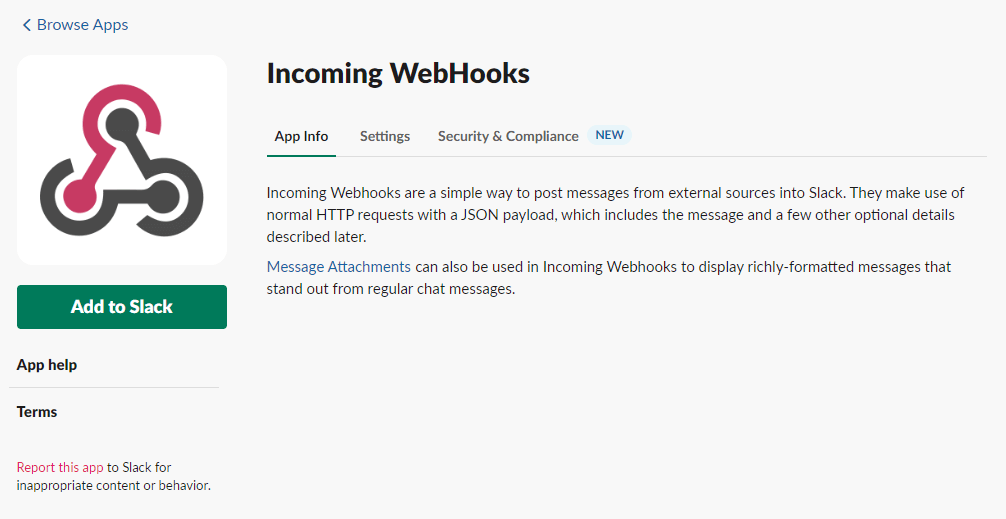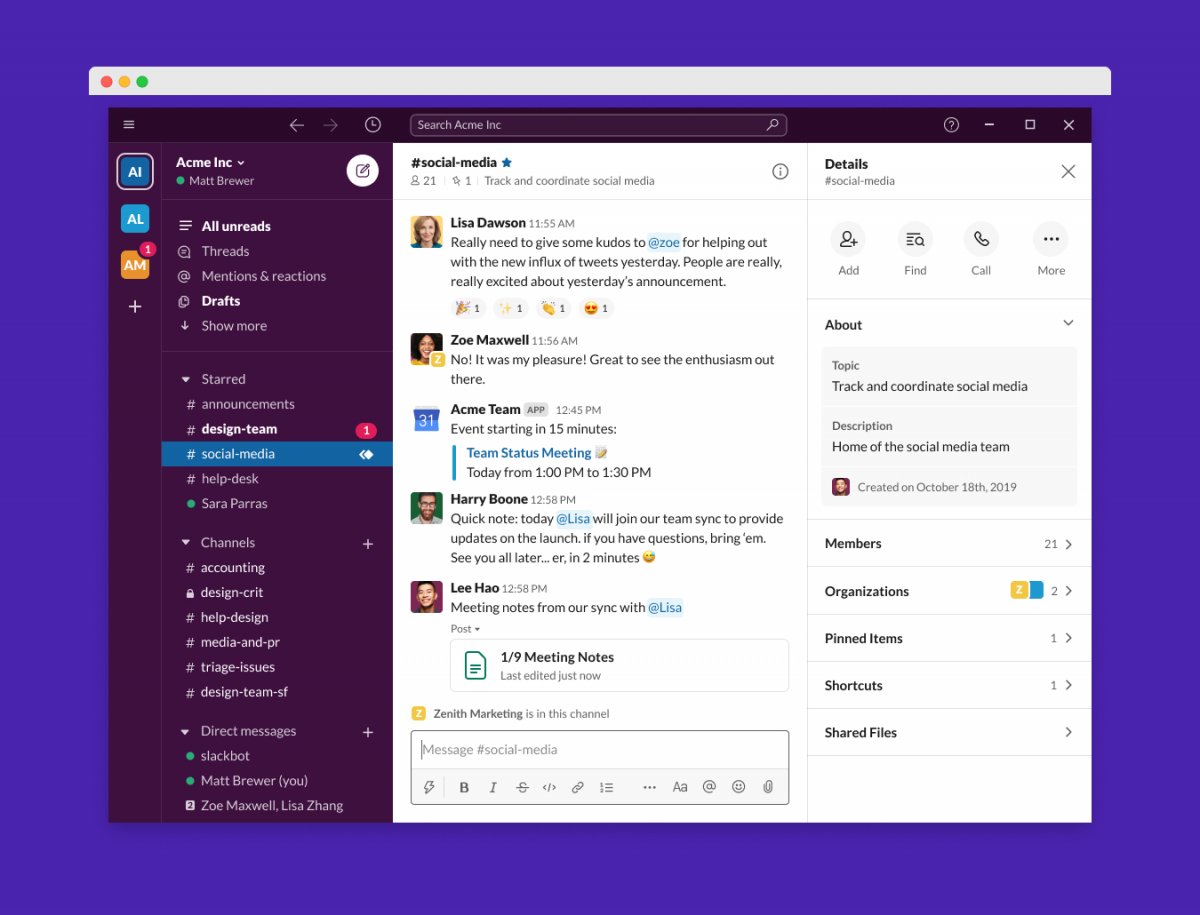

Google Bard uses Google's Pathways Language Model (PaLM 2) and can offer responses based on real-time, current events pulled from Google Search-making for a great research tool.ĬhatGPT, on the other hand, uses its Generative Pre-training Transformer 3 ( GPT-3), or GPT-4 for paid subscribers, and while it can draw responses from Bing search, it makes for a better text generator or writing tool.

There are a few key differences, though, that boil down to the data sources and models they've been trained on. Google Bard at a glanceĪt a base level, both chatbots use natural language processing, which means users key in a prompt or query, and the chatbots generate a human-like response. But there are plenty of other differences that set them apart-and which will dictate how you use each tool.

Since the release of Bard, I've been using both tools one as a research tool, the other as a writing assistant. This is a key difference that Bard, Google's answer to ChatGPT, definitely scores points with-it offers a lot of what ChatGPT does, faster and for free.


 0 kommentar(er)
0 kommentar(er)
